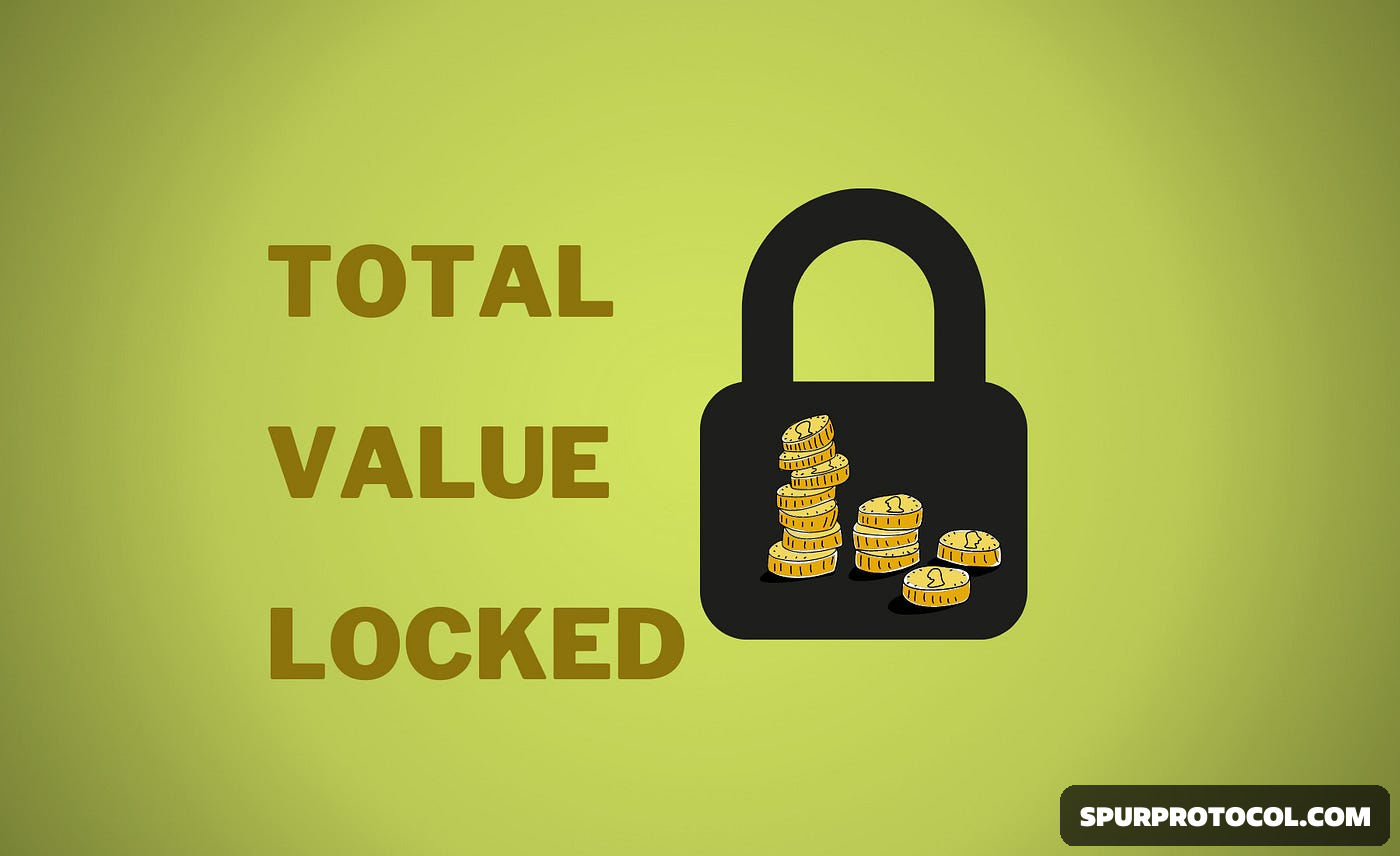What Are The Basic Concepts Of TVL (Total Value Locked)?
How is TVL Calculated and how does it matters?.
Go Back
🕒 10:35 AM
📅 May 23, 2025
✍️ By oluwafemighty
How is TVL Calculated and how does it matters?.
Go Back
🕒 10:35 AM
📅 May 23, 2025
✍️ By oluwafemighty
TVL (Total Value Locked) is a metric used in the DeFi (Decentralized Finance) ecosystem to measure the total value of assets that are currently staked, deposited, or locked in a protocol or platform.
In more detail:
TVL = the total value (in USD or native crypto) of all assets held in a protocol.
These assets could be:
1. Liquidity provided to decentralized exchanges (like Uniswap or Curve)
2. Collateral locked in lending platforms (like Aave or Compound)
3. Funds in staking or yield farming pools
Why TVL matters:
1. Indicator of trust and usage: A high TVL often signals strong user confidence and active usage of a protocol.
2. Comparing DeFi protocols: Investors and analysts use TVL to compare the size and growth of different DeFi platforms.
3. Market share insights: TVL can show how much of the DeFi market a protocol controls.
For Example:
If users deposit:
$50M in ETH, $30M in USDC, and $20M in BTC. into a protocol, the TVL would be $100 million.
How it's calculated:
TVL is calculated by summing the value of all assets locked within a protocol, typically expressed in US dollars for easy comparison.
What it's not:
It doesn't represent the outstanding loan amount but rather the total amount of assets secured by a specific DeFi application.
Limitations:
While a valuable metric TVL can be manipulated, and a high TVL doesn't automatically guarantee the success or safety of a platform.
How to interpret TVL:
A stable or increasing TVL may indicate lower risk, while a declining TVL could signal potential issues or reduced user interest.